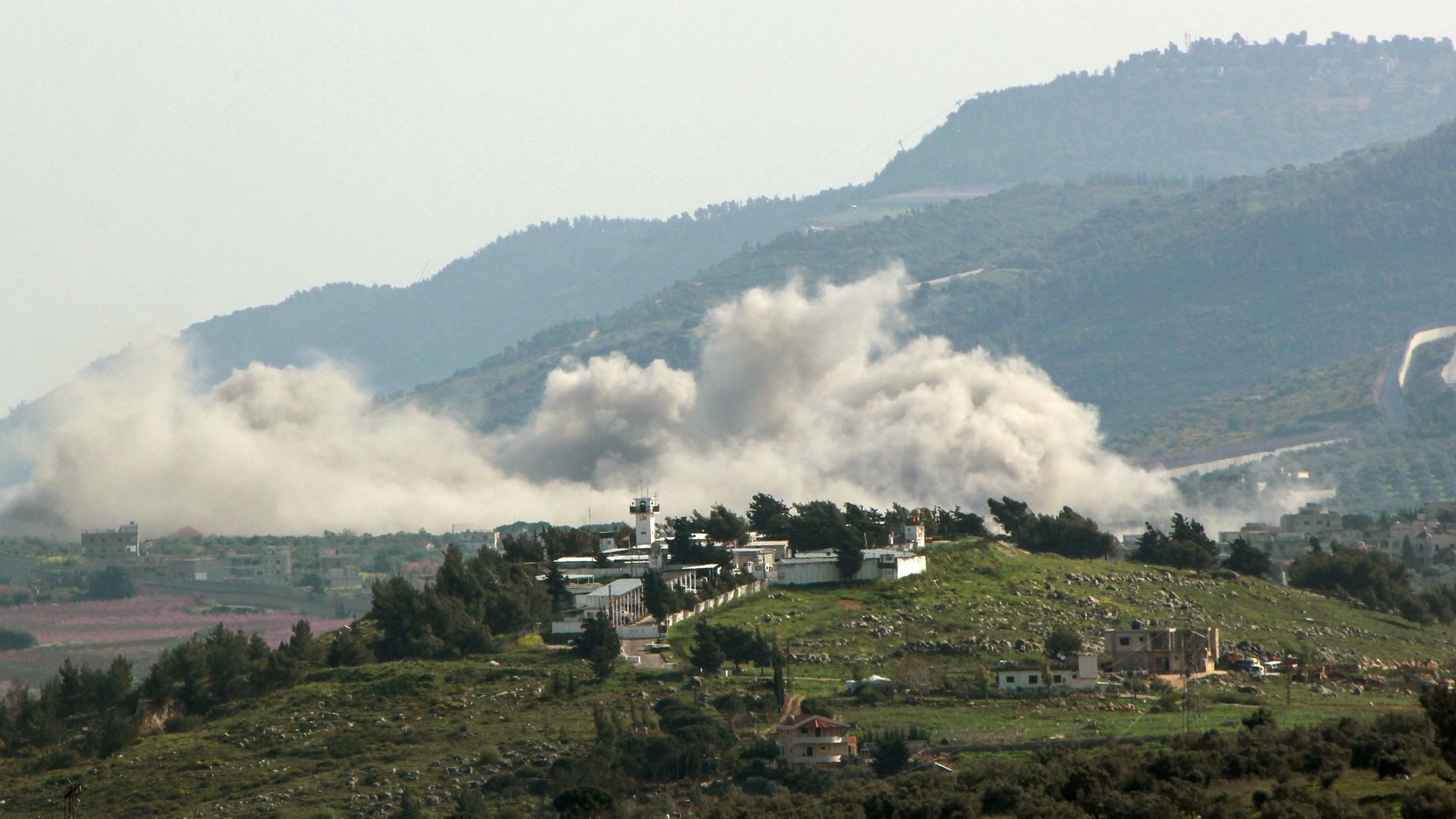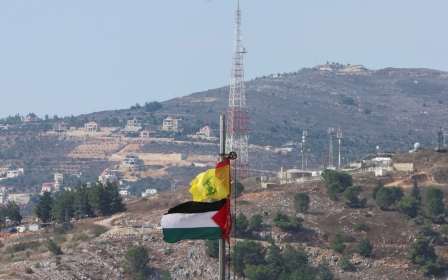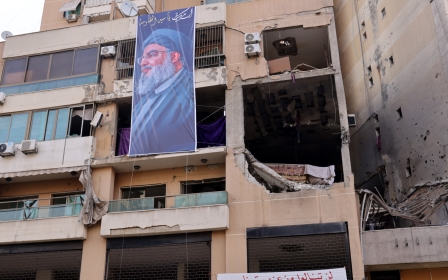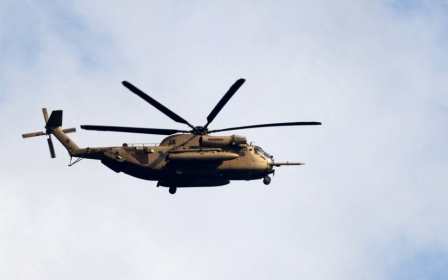War on Gaza: Is Hezbollah ready for full-scale war with Israel?

“When we entered Lebanon, there was no Hezbollah,” former Israeli leader Ehud Barak once said. “We were accepted by perfumed rice and flowers by the Shia in the south. It was our presence there that created Hezbollah.”
Indeed, Israel’s operational victory in Lebanon in August 1982 created a strategic threat: Hezbollah’s “Islamic Resistance”. The five-division-strong non-state force has shown levels of military prowess and combat effectiveness that far surpass anything the Palestinian Liberation Organisation ever approached.
Hezbollah has fought two wars with Israel. The first, a 15-year, guerrilla-intensive conflict between 1985 and 2000, resulted in a Hezbollah victory, but with significant costs. It degraded Israel’s political will, rather than its military capabilities.
The second war was even more surprising. Between July and August 2006, Hezbollah displayed a mastery of infantry warfare, anti-armour tactics, and cyber and information operations. It kept up rocket attacks throughout the war, despite being overwhelmingly outnumbered and outgunned.
The 2006 war ended in, at least, a draw with Israel - a military result not achieved by any Arab state force since 1948.
New MEE newsletter: Jerusalem Dispatch
Sign up to get the latest insights and analysis on Israel-Palestine, alongside Turkey Unpacked and other MEE newsletters
Today, Israel and Hezbollah seem to be heading towards a third round. But what are the military prospects if that happens?
Since 7 October, exchanges of fire between Hezbollah and its allies in southern Lebanon on the one hand, and Israel on the other, have been gradually escalating. As of mid-February, the number of rocket attacks launched from southern Lebanon was consistently exceeding the number launched from Gaza. The current average - about 100 rockets a day - is not far from the 2006 average of about 120 a day.
Stronger enemies
Israel’s so-called “Dahiya doctrine”, which involves using disproportionate force on civilian infrastructure in territories hostile to Israel to punish its enemies, is currently being applied to Gaza, and with a lesser intensity to southern Lebanon.
In essence, civilians are punished for “permitting” armed fighters to launch rocket attacks from their neighbourhoods. Thus, rather than “winning hearts and minds” like classic western counterinsurgency tactics, the Dahiya doctrine aims to create a civilian environment hostile to targeting Israel, by bombing hearts and minds.
Follow Middle East Eye's live coverage of the Israel-Palestine war
Tactically, this has degraded some of Israel’s adversaries. But strategically, it has inadvertently created stronger enemies (see Barak’s quote above) - and it could lead to another full-scale war.
Hezbollah is not the same force that it was in 2006. The group’s current military capabilities are superior to the vast majority of non-state forces, and to several small states’ ground forces.
Even if Hezbollah's ground forces were pushed back to north of the Litani River, this would not end their striking capabilities
Its military wing is primarily a land force, combining light and motorised infantry with short-to-mid-range rocket artillery assets. Hezbollah’s manpower is estimated to number up to 100,000 fighters and reservists.
The tip of Hezbollah’s spear is the Radwan Force, an elite unit whose manpower is estimated at between 2,000 and 3,000 fighters. The unit is experienced in sniping operations, close-quarter battles in built-up areas, and incursions behind enemy lines.
Hezbollah’s ground forces also include anti-tank and anti-armour units. The organisation - according to my count since 2006 - has demonstrated more than 19 types of anti-tank guided missiles and unguided rocket systems, including Russian-made, laser-guided Kornets and American-made, wire-guided TOWs, in its arsenal.
In terms of armour, Hezbollah learned to fight with tanks during the Syrian war. For protection, the bulk of its armour arsenal is in Syria, not Lebanon, due to Israeli air superiority in Lebanese skies. The armour arsenal is primarily composed of relatively old Soviet-made T-54/T-55 and T-72 tanks.
Land, air and sea
Hezbollah’s units, however, are much more capable and experienced in anti-tank infantry warfare, than in tank warfare. Historically, Israeli forces have been masters of the latter.
Hezbollah, according to my research, has more than 13 types of air defence systems, including shoulder-fired/man-portable guided missile systems and short-range anti-aircraft artillery. Air defence, however, remains among its weakest combat branches.
Beyond the land domain, Hezbollah has limited assets in the air (unmanned aerial vehicles) and sea (a small fleet of fast, lightly armed assault craft).
It also has some capabilities in electronic and cyber warfare, alongside an intelligence apparatus well-experienced in psychological warfare, information operations and counter-espionage. In addition, it has secure communication networks, including a fibre optics network independent of the Lebanese state.
Hezbollah’s land power is concentrated in rocket and infantry artillery, including light, medium and heavy mortars. Its shells are estimated to number more than 145,000 of various calibres. These are mainly used in short-range, defensive operations.
As for Hezbollah’s rocket artillery, “revolution” is an appropriate term to describe what has happened with its arsenal between 2006 and 2024 in terms of quantity, range, precision and payloads.
Far from a resolution
In 2006, Hezbollah launched an average of 120 (overwhelmingly) unguided rockets a day for 34 days, or about 4,000 in the entire war. Currently, estimates of Hezbollah’s arsenal are in the range of 150,000 rockets and missiles, with significantly varying ranges, payloads, guidance and other features.
For example, the Falaq-1 rocket has a range of around 10 kilometres and a small warhead of 50 kilograms, compared with the Zelzal 2 missile, which has a range of more than 200 kilometres and a warhead of 600 kilograms. Both are unguided and imprecise.
As we navigate the potential unfolding of a full-scale war, it is painfully clear that each predicted scenario lacks a strategic blueprint for fostering a better peace
Longer-range rockets and missiles are a strategic problem for Israel. Even if Hezbollah’s ground forces were pushed back to north of the Litani River, this would not end their striking capabilities. Hezbollah has an estimated 65,000 rockets or missiles with a range of up to 200 kilometres, and 5,000 missiles with a range longer than 200 kilometres. This means they could still strike Tel Aviv from north of the Litani River, albeit not with the same intensity.
In the most optimistic scenarios, the principles of conventional deterrence and the capacity for mutual strikes could prevent or delay the onset of a full-scale war. Currently, Israel’s stance along its northern frontier is partly characterised by a defensive posture, amid the risk of a possible Hezbollah ground incursion.
This could change quickly into a more offensive posture. Such a shift would necessitate the redeployment of Israel’s first- and second-tier brigades from Gaza to the north, following a de-escalation or ceasefire in Gaza.
The situation, however, remains far from a resolution. As we navigate the potential unfolding of a full-scale war, it is painfully clear that each predicted scenario lacks a strategic blueprint for fostering a better peace. This underscores the precariousness of the current situation, while highlighting the dire need for a visionary approach to achieving a just stability in the region.
The views expressed in this article belong to the author and do not necessarily reflect the editorial policy of Middle East Eye.
Middle East Eye delivers independent and unrivalled coverage and analysis of the Middle East, North Africa and beyond. To learn more about republishing this content and the associated fees, please fill out this form. More about MEE can be found here.






